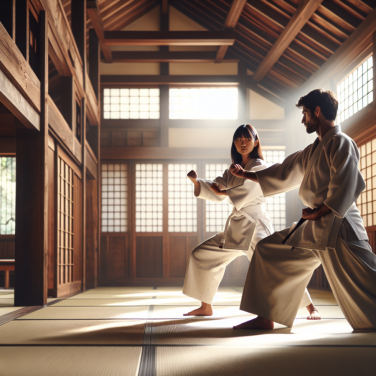Essential Wakeboarding Tips for Beginners: Gearing up for Your First Ride
Whether you're taking on wakeboarding as a one-off recreational activity or developing it as a long-term hobby, mastering the ropes demands a certain level of skill, courage, and dedication. Let's dive straight into some essential wakeboarding tips for beginners focusing on the exciting phase preceding the ride – gearing up for your first wakeboarding experience.
1. Picking the Right Gear:
The most basic tip is to be knowledgeable about the equipment you'll be using - the wakeboard and bindings. The board should be beginner-friendly - not too short or too long. A longer board will be slower, so it's better controlled, but it will also be harder to jump or do tricks with. Conversely, a shorter board will be faster and easier to do tricks but will offer less stability. A design with a continuous rocker is suited for beginners as they provide smooth and predictable motion.
Bindings are equally essential; they should be snug but comfortable. Make sure to try different angle options before settling on what feels best. Don't forget the ropes and handles, look for one with a no-stretch rope and adjustable handles - this will give you more control while riding.
2. Dress for Action:
For your first ride, don a rash guard or a neoprene top, paired with board shorts. Ensure you're comfortable in your attire as you'll be making a lot of movements. More importantly, always wear a life jacket - it's non-negotiable. It not only keeps you afloat but also protects you from impact if you fall.
3. Learn the Techniques:
Before you hit the water, familiarize yourself with the basic stance and hand signals. Your eyes should be looking forward, your chest and hips open to the boat, arms straight, knees slightly bent and weight shifted back. The hand signals will help you communicate with the driver of the boat while on course.
4. Practice on Dry Land:
Before you actually experience wakeboarding on water, try simulated practice on dry land. This not only will help familiarize you with the equipment but also will build up your strength and balance. You can practice getting up from a squatting position, which is similar to the motion of being pulled up on the wakeboard.
5. Safety and Etiquette:
Wakeboarding is exciting, but it can also be hazardous, especially if you're not aware of the safety rules.
Read also:
Navigating the Waves: The Thrill and Techniques of Water Skiing
Advancing Your Skills: Expert Strategies for Pro Wakeboarders
As a professional wakeboarder, knowing the basics is not enough to keep your status in the competitive wakeboarding scene. To outride your competition and perform tricks at a higher level, there are several strategies that you need to consider. This article will provide expert tips and strategies that can help advance your wakeboarding skills to the next level.
One of the most crucial strategies to improve wakeboarding skills is to focus on the fundamentals and consistency. Even the most experienced wakeboarders practice basic wakeboarding tricks and techniques to help refine and upgrade their skills.
Specifically, tricks like surface 180s, wake jumps, and backside 180s are fundamental yet critical to master. Consistently practicing these moves, especially in various water conditions and at different speeds, enhances your control and balance on the board. This improvement can lead you to execute more complex tricks with more significant ease and precision.
To leverage your wakeboarding development, create a clear skill progression plan. Wakeboarding requires balance, strength, endurance and technique to perform tricks that demand high physical exertion. Depending on your training style and how often you get out on the water, options like grouping similar tricks together or slowly increasing trick difficulty offer systematic ways to up your wakeboarding game.
Watching and learning from other professional wakeboarders is another excellent strategy for advancement. Videos of pros performing various tricks provide visual examples that can help understand the intricacies involved in perfecting complex wakeboarding tricks. Use these resources as learning tools – pausing, rewatching, and mimicking their movements to understand the fluidity and precision needed.
Simulation is another handy technique to perfect trick execution off the water. For instance, envision yourself performing a specific trick through mental visualization will help commit necessary movements to muscle memory.
Another aspect of advancing your skills is to strengthen your physical condition. Wakeboarding demands a high level of physical strength and fitness. Incorporating routine workouts aimed at enhancing core strength, leg power, and arm strength can contribute significantly to your wakeboarding performance. Include exercises such as squats, lunges, planks, and pull-ups in your training routine.
Using an experienced coach or mentor to provide feedback and guidance also helps. Coaches can provide detailed breakdowns of your performance and offer targeted advice on areas of improvement. They bring additional professional insights that could guide your wakeboarding journey and help you conquer higher levels of performance.
Experimentation is key for any professional wakeboarder.




